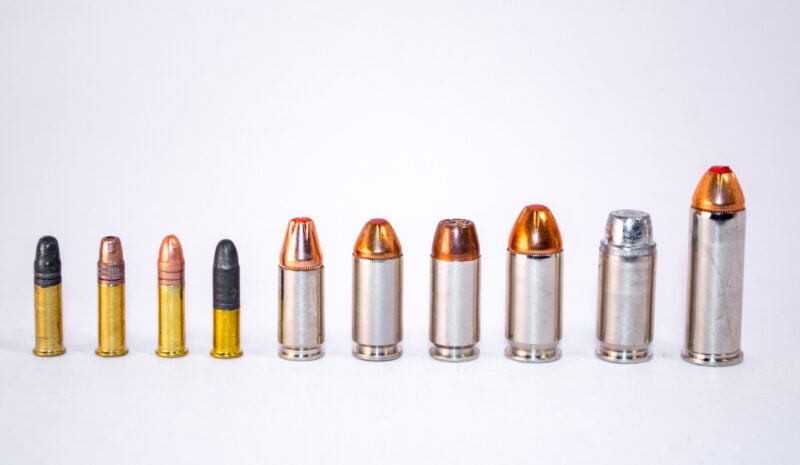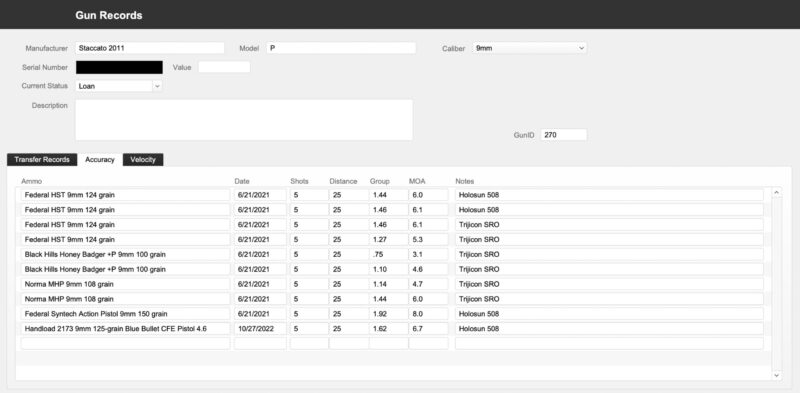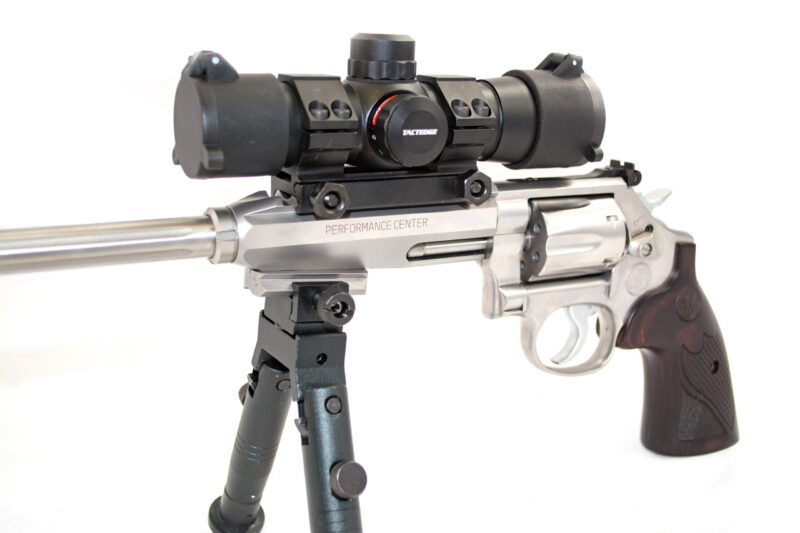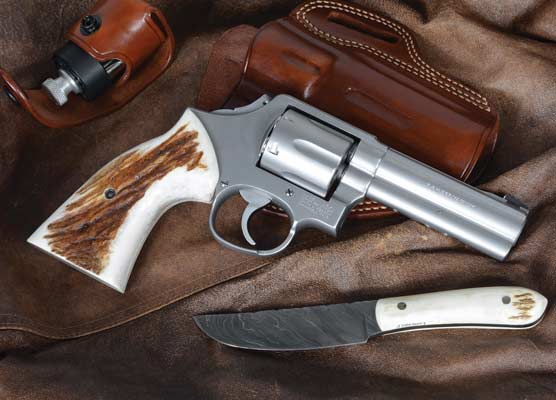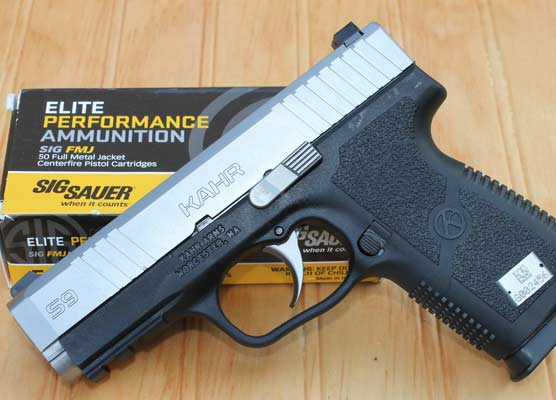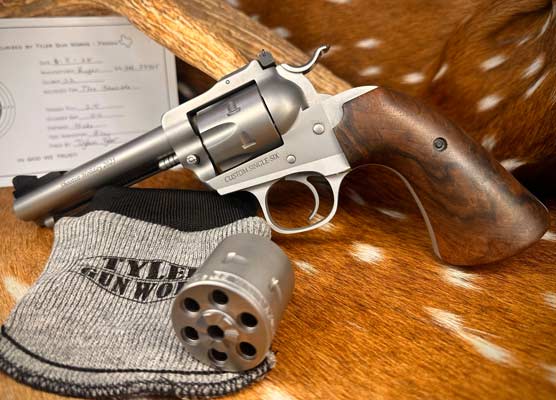Insights From Accuracy Testing
I’ve got plenty of OCD tendencies … with certain things. One might have me committed seeing how carefully I organize the many thousands of files on my computer. Everything has its place, and I’ve taken the concept of foldering to a frightening new level. Same with my dozen or so email accounts.
On the other hand, I’m not one of those guys who dutifully logs every shot fired from every gun. Some folks can tell you, “I had a failure to feed function in this gun with Pea Blaster +P+ ammo from Lot 465C. It was the 478th round I fired from this gun.” Given the organized state of my computer, I can’t I suppose I can’t pass judgment.
I do confess to having a compulsion to log more formal shooting, however. When testing new pistols for review, while I don’t count every round fired, I do log the important stuff, including velocity, accuracy, and, when appropriate, gelatin test data.
For Want of a Process
Years ago, my tech OCD tendencies led me to search for an off-the-shelf tool capable of capturing and storing my shooting results. While I’ve been a spreadsheet fiend since the early days of Visicalc (remember that one and the Radio Shack TRS80 computer?), it quickly became apparent a list-oriented approach wasn’t going to cut it — a proper relational database capable of organizing and linking all sorts of shooting data was in order. The problem was that there weren’t any that would meet my needs. So I wrote one. Yes, it’s a sickness.
Anyway, at this point, I have a library of easily accessible data that can tell me interesting things about all the guns and ammo I’ve tested. Pulling up an ammo record, I can see its velocity from every gun I’ve tested. Gun records show velocity and accuracy results with every type of ammo. If I wanted, I could look at how things performed at various temperatures, although I’ve yet to plunge into that rabbit hole.
Learnings from the Database
It’s interesting to look back at the data and consider the performance of various groups of caliber, ammo types and guns. Of course, this dataset only contains guns and ammo combinations I’ve happened to test. As a result, it would be irresponsible to draw broad conclusions like “.45 is more (or less) accurate than 9mm” and the like.
Rimfire Rules
Whether a combination of guns, ammo or ease of shooting, the .22LR is hard to beat in terms of accuracy performance. A quick scan and averaging exercise of the database shows an all-time 25-yard group size of just 1.56″. That factors in all ammo types: match, defense, inexpensive bulk, all guns and all sighting options lumped together. Impressive!
There are many fine .22 handguns out there, but one that stands out in the accuracy category of my database is the Smith & Wesson Victory model. A “modular” pistol, this one has lots of aftermarket barrel options. A couple of Volquartsen specials made this pistol an accurate performer with a wide variety of rimfire ammo. It printed .50 and .57″ five-shot groups from 25 yards with CCI Stinger and Eley Practice 100, respectively. Even Winchester White Box remained under an inch with a .76″ group.
Semi-Auto Powerhouse Rounds
Looking back over my records, I see I’ve tested some whopper calibers in a couple of semi-auto pistols. How did they perform?
The 450 SMC is an interesting one. Derived, at least in basic concept, from the .45 Super back in the late 90s to early 2000s, the 450 SMC is designed to be fired from +P-capable .45 pistols. Using tougher brass and a small pistol primer, it rides higher in the pressure scale, in the 32,000 psi range. I tested a couple of loads from DoubleTap Ammunition, who resurrected production of the caliber. On the lighter side, the 160-grain TAC-XP load averaged 1,240 fps from a Springfield Armory TRP 1911 and printed a .90″ group from 25 yards. The “standard” weight 230-grain JHP offering averaged 1,178 fps from my TRP.
And then there was the Deagle (Desert Eagle) chambered in .50 AE. While it’s not much of a carry gun, it was interesting to shoot. I tested two loads in this one; the Hornady 300-grain XTP zoomed downrange at a whopping 1,386.3 fps while printing an average of 2.2″ five-shot groups from 25 yards. Federal’s Fusion load was even faster, with a 300-grain bullet averaging 1,422 fps. That one printed slightly larger groups at 2.7″ from 25 yards.
Solid, Jacketed or Plated?
While there are far too many variables to draw a definitive conclusion, in the aggregate, across all ammo makes and calibers and all guns tested, solid copper projectiles seemed to perform better than jacketed or plated in the accuracy department. The average for my solid-copper projectiles worked out to 2.47″ for five-shot groups at 25 yards. Jacketed came in with 2.53″ while plated averaged out to 2.83″. As for lead, that worked out to 2.73″. Keep in mind much of my lead projectile ammo testing was in semi-automatic pistols. I suspect the aggregate group size may have shrunk if I’d limited to revolvers only.
At a future date, I’ll dive into the velocity records to see what pops up as interesting. If you’re wondering about the best overall group performer, that goes to the Smith & Wesson 647 Varminter firing CCI FMJ .17 HMR ammo. With .39″ five-shot groups at 25 yards, it even edged out the Victory rimfire.
Get more exclusive online content delivered straight to your inbox. Sign up for our free American Handgunner Insider newsletter.

